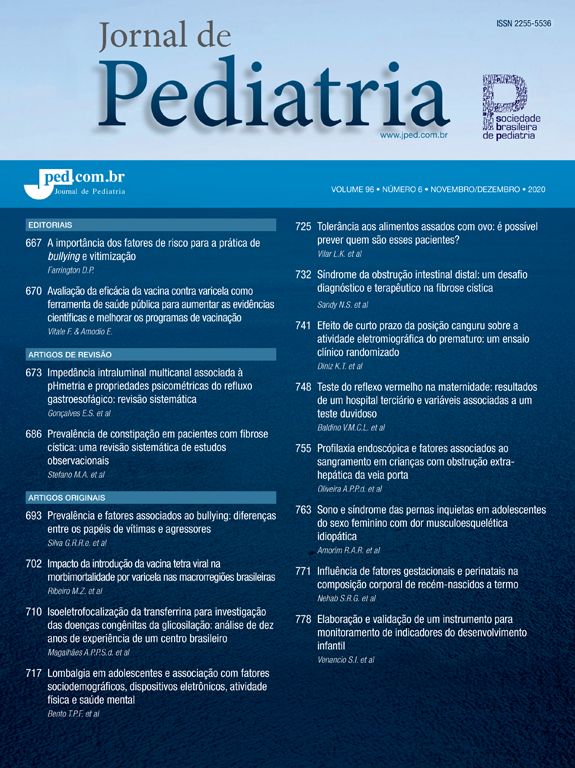Twenty-five patients (5-15 years old) with perennial allergic rhinitis (PAR) for at least one year were treated with intranasal azelastine. The study was conducted in two separate occasions. In the first study, in a special prepared room, the patients underwent Active Anterior Rhinomanometry (AAR). Twenty minutes later, after 2 drops of saline installed in each nostril, the Total Nasal Resistance (TNR) and Total Nasal Conductance (TNC) were measured. This was followed by the intranasal application of azelastine (0.14 mg/nostril ) and the TNR and TNC were measured at 15,30,60,90 and 120 minutes. At the end of this period, a topical vasoconstrictor (fenoxazoline 0.05%) was instilled and TNR and TNC measured after 15 and 30 minutes. The patients were discharged with a prescription of intranasal azelastine, same dose, for 14 days, with diary cards. Clinical evaluation and clinical score were performed at days 3,7 and 14. There were no changes in TNR and TNC after the acute and prolonged (14 days) use of azelastine, which was observed after the use of fenoxazoline. Clinical scores (physician and patient), according to the diary card, were significant for itching and sneezing after 7 days of treatment. Intranasal azelastine is useful for the therapeutic management of PAR, mainly in those for whom nasal blockage is not important.
O fator de impacto mede o número médio de citações recebidas em um ano por trabalhos publicados na revista durante os dois anos anteriores.
© Clarivate Analytics, Journal Citation Reports 2025
O CiteScore mede as citações médias recebidas por documento publicado. Mais informação
Ver maisSJR é uma métrica de prestígio baseada na idéia de que todas as citações não são iguais. SJR utiliza um algoritmo similar ao page rank do Google; é uma medida quantitativa e qualitativa ao impacto de uma publicação.
Ver maisSNIP permite comparar o impacto de revistas de diferentes campos temáticos, corrigindo as diferenças na probabilidade de ser citado que existe entre revistas de distintas matérias.
Ver mais







